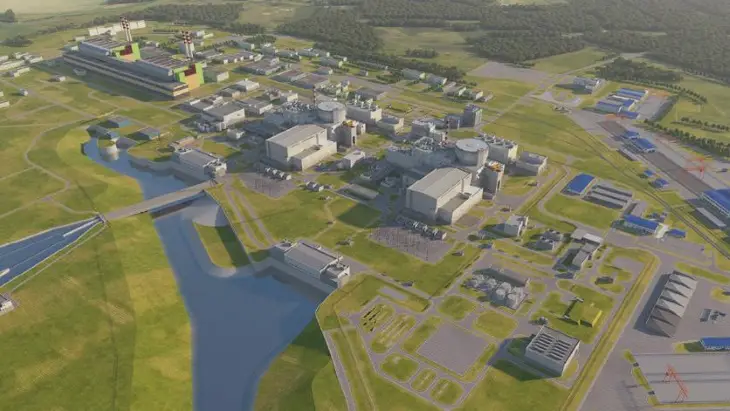The Hungary Energy and Public Utilities Regulatory Authority (MEKH) has given the green light for Atomerőmű Zrt’s to go ahead with the Paks 2 project involving the construction of two VVER-1200 reactors at the existing Paks nuclear power plant site. After examining the contents of the application to ensure that it complies with the relevant legislation, MEKH announced its decision to issue a construction permit for the Paks II plant. MEKH said in making its decision it had taken into consideration the security of supply to the electricity network. It noted that procedures related to the safety of nuclear technology are conducted by the HAEA.
Also Read: South Korea inches closer to floating nuclear power plants.
The existing Paks plant, which is 100 km south of Budapest, comprises four Russian-supplied VVER-440 pressurized water reactors, which started up between 1982 and 1987. Russia and Hungary signed an inter-governmental agreement in early 2014 for Russian enterprises and their international sub-contractors to supply two VVER-1200 reactors at Paks, including a Russian state loan of up to US$ 11.2 billion to finance 80% of the project, which is known as Paks 2. Groundworks at the project Paks 2 in Hungary can therefore start in early 2021, after obtaining a license for pre-construction site preparation. The project company is expected to receive the license for the construction of the main building in September 2021, after which construction work may begin.
The 2GW Paks NPP contributes more than 50% of the total domestic power generation and accounts for approximately one-third of the total electricity consumption in the country. Under Hungary’s nuclear laws, building permit applications for certain site preparation activities can be submitted no earlier than three months after the submission of the construction license application. These permits cover activities including groundworks, excavation of the foundation pit, slurry wall construction, as well as the manufacture of long-lead items, such as the reactor pressure vessel.
